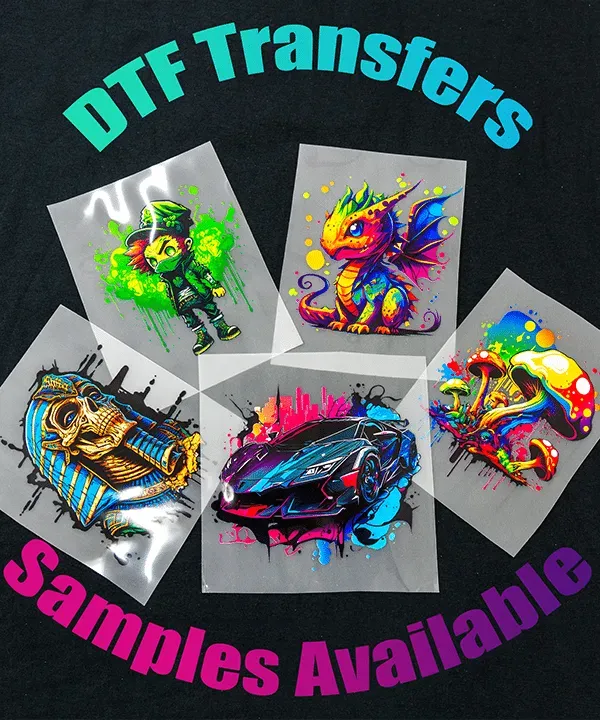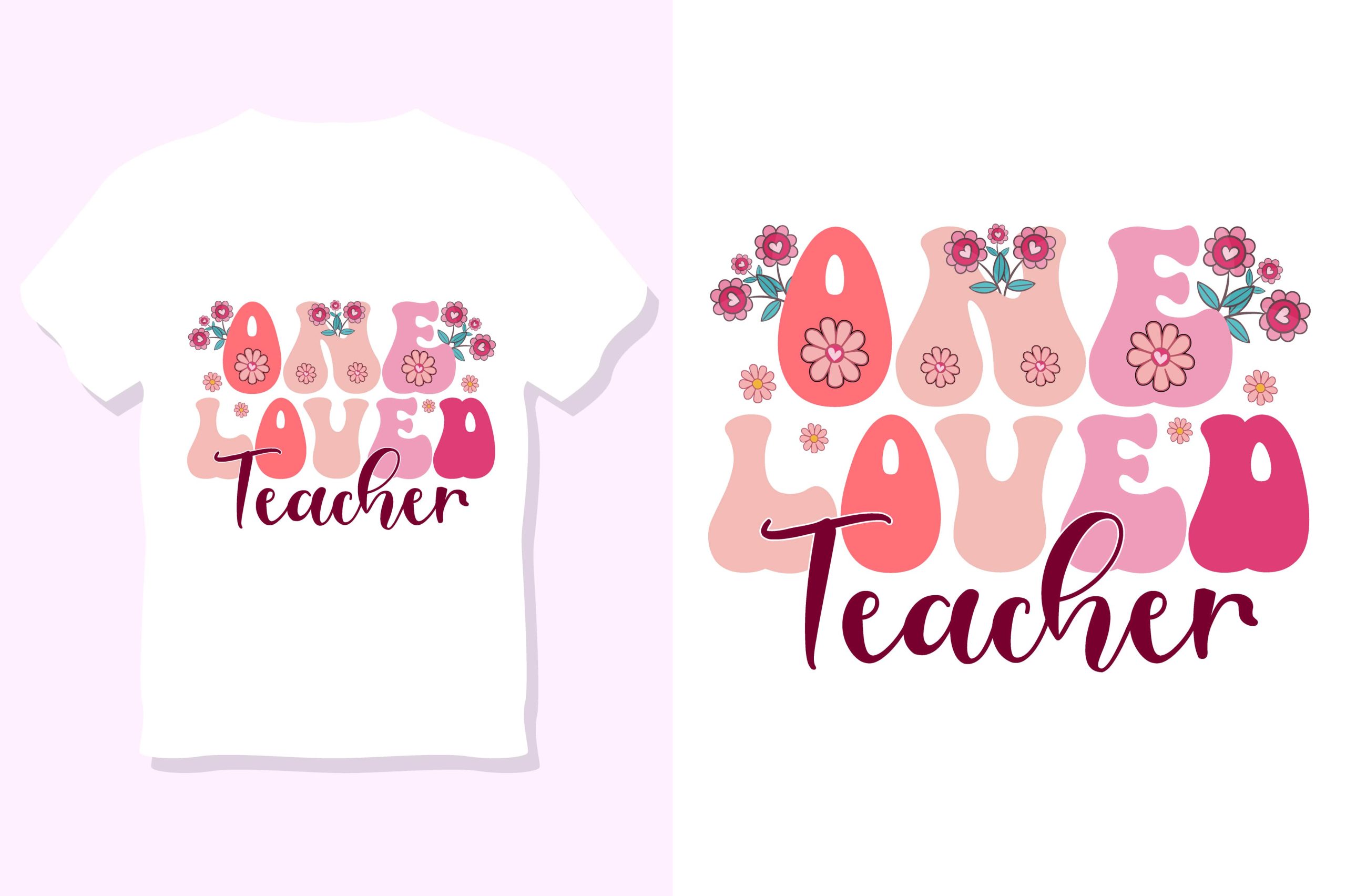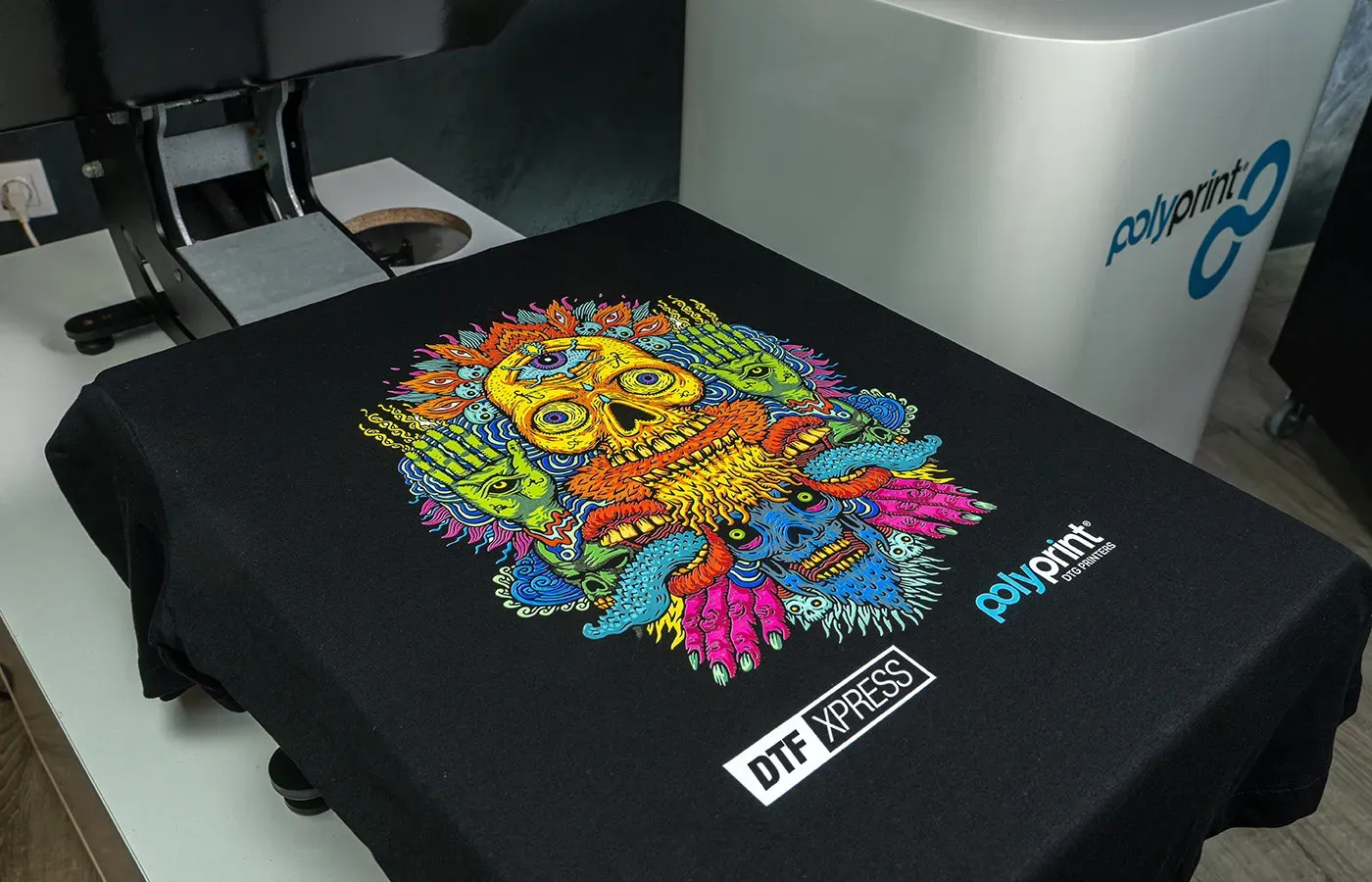UV DTF Printing: What You Need to Know for Projects
In the ever-evolving world of printing technology, UV DTF printing is making significant waves, offering a revolutionary approach to custom printing solutions. This innovative method combines the strengths of UV printing and Direct to Film (DTF) technology, ensuring high-quality results across various surfaces. With its ability to produce vibrant colors and intricate designs swiftly, UV DTF is becoming a preferred choice for businesses looking to enhance their branding efforts. If you’re seeking sustainable printing methods that minimize waste and energy use without sacrificing quality, understanding UV DTF technology is crucial. This post delves into the advantages and applications of UV DTF printing, guiding you through its transformative impact on modern printing processes.
Also known as direct-to-film printing, UV DTF utilizes advanced UV curing techniques to produce exceptional print quality on a multitude of substrates. This sophisticated printing approach marries the flexibility of traditional DTF methods with the benefits of UV light curing, resulting in rapid drying times and robust color fidelity. By employing eco-friendly inks formulated for lower toxicity, businesses pursuing sustainable printing options now have a viable solution with UV DTF. Its versatility makes it ideal for everything from custom apparel to promotional products, fulfilling a wide range of market needs. As this technology continues to gain traction, understanding its capabilities is essential for anyone looking to elevate their printing projects.
What Makes UV DTF Printing Stand Out?
UV DTF printing combines the best features of two prominent printing technologies: UV printing and Direct to Film (DTF) printing. This fusion enables users to print on a diverse range of surfaces, including fabrics, plastics, wood, and metal. The key to its effectiveness lies in the UV curing process, which quickly solidifies the ink, reducing waiting times and ensuring stunning print quality. Businesses utilizing UV DTF can expect vibrant colors and intricate designs that remain intact, even with frequent handling or exposure to harsh conditions.
Additionally, UV DTF technology supports sustainable printing solutions, as many manufacturers incorporate eco-friendly inks in their offerings. This is an important consideration for companies looking to enhance their environmental footprint while maintaining high-quality outputs. By choosing UV DTF printing, companies are not only investing in aesthetic excellence but also embracing green practices that align with current consumer expectations.
The Process of UV DTF Printing Explained
The UV DTF printing process begins with digital designs being printed onto a specialized film. This film is coated with a layer of powder adhesive which allows the printed ink to bond effectively upon transfer. After printing, the film is cured using UV light, instantly activating and setting the ink in place. This dual-step process enhances the overall durability and color vibrancy of the final product, making UV DTF a favorite among custom printing solutions.
What separates UV DTF printing from traditional methods is the technology’s adaptability to various materials and substrates. As businesses increasingly look for versatile printing solutions, UV DTF stands out for its superior bonding capabilities, allowing for exceptional adhesion on unconventional surfaces. This wide applicability makes UV DTF the ideal choice for creative projects, ranging from personalized gifts to professional signage.
Advantages of Using UV DTF Technology
One substantial advantage of UV DTF technology is its speed and efficiency. The quick drying times associated with UV curing mean that prints are ready for use almost immediately after printing. This leads to increased productivity for businesses and a faster turnaround time for clients. The efficiency of this process not only helps in meeting tight deadlines but also enhances overall production workflow, making it a prime candidate in the competitive printing industry.
Moreover, the durability of UV DTF prints cannot be overlooked. The cured inks resist fading, scratching, and moisture, ensuring that your prints maintain their visual appeal over time. This durability is particularly beneficial for products that undergo heavy usage, such as promotional materials and apparel. Businesses that adopt UV DTF technology can offer their customers products that are not only visually striking but also built to last.
Sustainability in UV DTF Printing
The rise of sustainable printing solutions is reshaping the industry, and UV DTF printing is at the forefront of this transition. Many UV DTF manufacturers are now producing inks with lower VOC emissions and using recyclable films, contributing to a reduced environmental impact. These developments resonate with consumers who are increasingly prioritizing eco-friendliness in their purchasing decisions.
Additionally, UV DTF printing requires less energy compared to traditional printing methods, particularly when using modern LED UV curing technologies. This energy efficiency not only lowers operational costs but also aligns with global sustainability initiatives. By adopting UV DTF printing, businesses can showcase their commitment to a greener future while simultaneously appealing to a growing market segment that values environmentally responsible practices.
Exploring Market Trends in UV DTF Printing
The UV printing segment, particularly UV DTF, is witnessing a surge in popularity across various industries. Recent market analyses reveal a growing trend towards adopting this technology due to its cost-effectiveness and exceptional quality. Businesses are recognizing that UV DTF printing allows for high volume output without compromising on the intricacy of designs, which is crucial in today’s visually driven market.
Furthermore, as more companies transition to digital printing solutions, the demand for advanced UV DTF printing equipment is expected to rise. This trend reflects a broader shift towards digital customization, where brands seek to offer unique, tailor-made products that resonate with their customers. By staying ahead of market trends, businesses can capitalize on the expanding potential of UV DTF technology, setting themselves apart from competitors.
Key Considerations for Implementing UV DTF Printing Solutions
When considering the implementation of UV DTF technology, businesses should conduct a thorough analysis of their operational needs and market demands. Initial investments, including purchasing printers and sourcing materials, can be significant. Therefore, businesses must evaluate potential returns on investment by assessing production capacity and pricing strategies for UV DTF printed products.
In addition to financial considerations, workforce training plays a critical role in successfully adopting UV DTF printing. Staff must be educated on operating and maintaining the printers effectively to minimize downtime and maintain quality control. Investing in training and skills development will directly enhance product output, allowing businesses to fully leverage the strengths of UV DTF technology.
Frequently Asked Questions
What is UV DTF printing and how does it work?
UV DTF printing, or Direct to Film printing, is an innovative technology that combines UV printing methods with DTF methodologies. It involves printing designs onto a special film, which is then cured with UV light. This curing process dries the ink instantly, resulting in vibrant colors and durable prints suitable for various surfaces like textiles, plastics, and metals.
What are the advantages of using UV DTF technology over traditional printing methods?
UV DTF technology offers several advantages including fast drying times due to UV curing, superior print quality, and the ability to print on diverse substrates. Additionally, it allows for intricate designs and high color vibrancy, making it a preferred choice for custom printing solutions in industries like fashion and signage.
Is UV DTF printing environmentally friendly?
Yes, UV DTF printing is becoming increasingly eco-friendly. Many manufacturers are now producing sustainable printing inks that are less toxic compared to conventional inks. This aligns with the global trend towards sustainable printing practices, making UV DTF a smart choice for environmentally conscious businesses.
What types of applications can benefit from UV DTF printing?
UV DTF printing is versatile and can be applied in various industries. It is ideal for creating custom apparel, promotional products, signage, and more. Its ability to produce intricate designs with a wide range of colors makes it suitable for any business looking to enhance their marketing and branding efforts.
What should businesses consider before investing in UV DTF technology?
Before investing in UV DTF technology, businesses should evaluate the initial investment costs, potential production volumes, and market demand. Additionally, training staff to effectively use and maintain the UV DTF printers is crucial to maximize the return on investment and ensure high production quality.
How has the UV printing market evolved with UV DTF technology?
The UV printing market has seen significant growth, especially in the UV DTF segment, driven by advancements in technology and an increased demand for cost-effective and efficient printing solutions. As more businesses adopt UV DTF technology, the competitive landscape is expanding, further enhancing the capabilities and offerings in the custom printing solutions market.
| Key Aspect | Details |
|---|---|
| Introduction | UV DTF (Direct to Film) combines UV printing and DTF technology, offering high-quality prints on various surfaces. |
| Technology Overview | Utilizes UV light to cure ink, resulting in quick drying and excellent print quality on diverse substrates. |
| How It Works | Designs are printed on film and cured with UV light for durability and color vibrancy. |
| Recent Developments | Advancements in curing technology enhance print resistance and reduce energy costs. |
| Applications | Versatile for use in custom apparel, promotional products, and signage. |
| Environmental Considerations | Eco-friendly inks reduce toxicity, catering to sustainable printing demands. |
| Market Trends | Rising demand leading to growth in UV DTF technology and market uptake. |
| Equipment Accessibility | Compact and user-friendly printers are now available, easing entry for small businesses. |
| Implementation Considerations | Evaluate initial costs and require specialized training for effective operation. |
Summary
UV DTF Printing is an innovative solution that seamlessly merges the advantages of traditional UV printing with the flexibility of Direct to Film technology. This advanced printing method not only caters to a wide variety of substrates, ensuring remarkable durability and color vibrancy but also addresses growing environmental considerations by offering eco-friendly options. As the market for UV DTF printing expands, its applications in industries ranging from custom apparel to promotional products become increasingly evident, allowing businesses to enhance their printing capabilities efficiently. By exploring the unique benefits UV DTF provides, you can stay competitive while embracing sustainable practices in modern printing.







